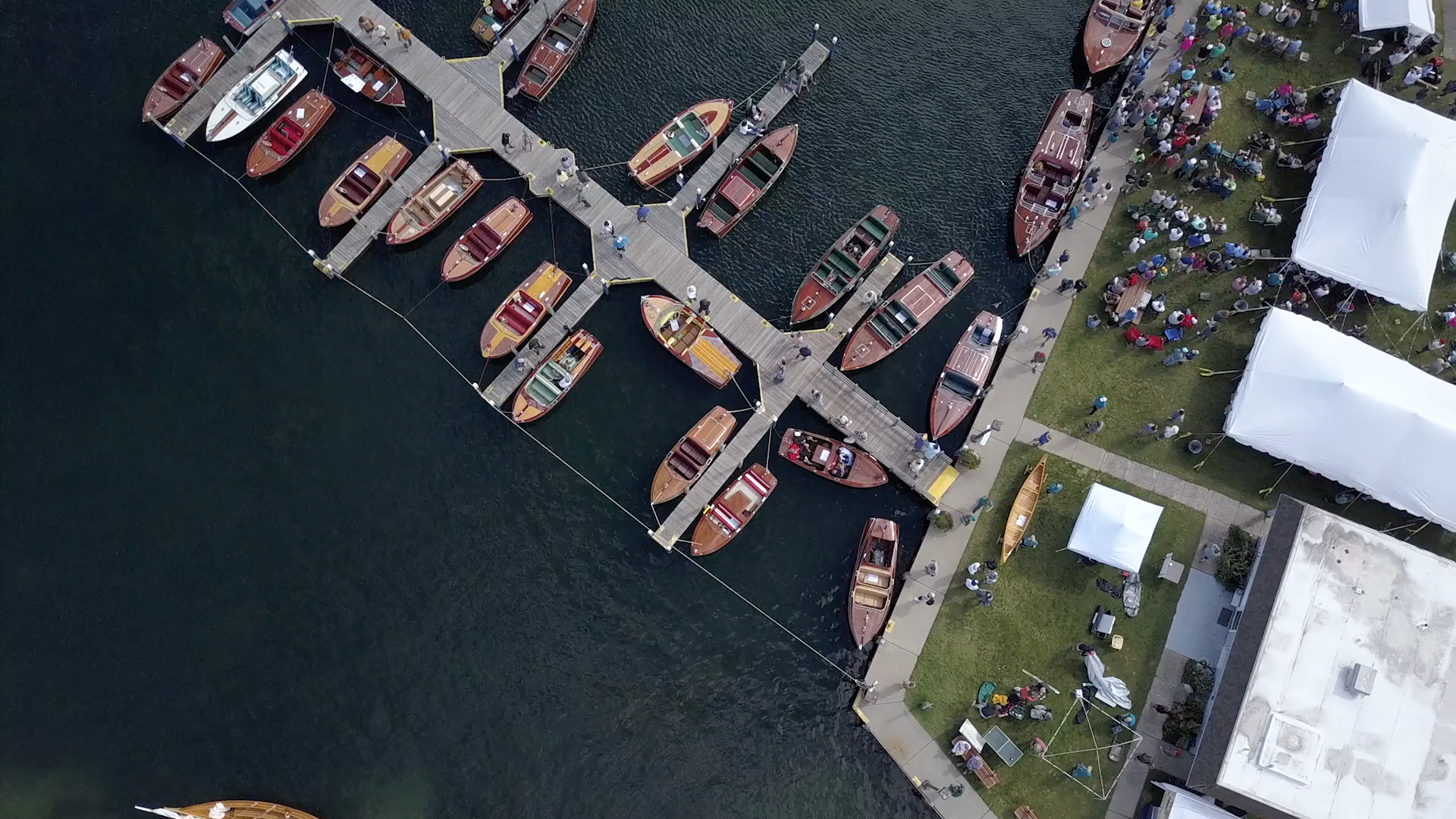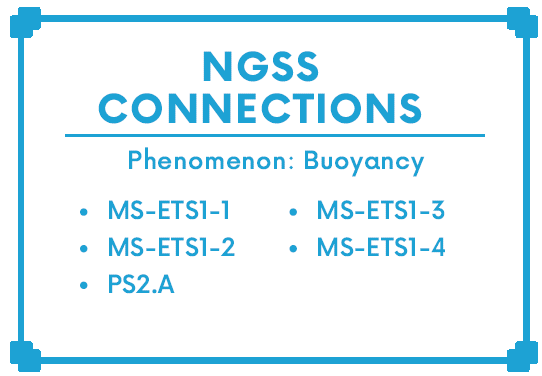
Based on a video visit to the Great Lakes Boat Building School, lessons include the phenomena of buoyancy and water displacement to help students understand why a boat floats. Activities also include learning about how boats have been made out of various materials — including wood — over the years and engineering a boat according to certain constraints to hold a certain amount of weight.

Lesson Objectives
- Know how the upward buoyant force that keeps a boat afloat is related to the amount of water displaced
- Understand the how the design of a boat helps it to stay afloat and hold weight
- Be able to design and build a model boat out of aluminum foil and tape to float in water and hold a specific amount of weight without sinking
View the entire lesson plan including teacher background information, worksheets and more below or download for free here.
Activity 1
This activity is a video discussion of a Great Lakes Now episode segment that discusses the design and building of wooden boats. During the video students need to jot down four things they took away from it.
Watch a Great Lakes Now Segment
Activity 2
This activity aims to provide students a better understanding of just how much weight boats can hold when they’re able to displace enough water because of the size of their design.
Activity 3
The purpose of this activity is for students to create a boat out of aluminum foil and tape that will hold the most cargo without sinking.
Check out Great Lakes Now’s segment on lighthouses and the other segments featured in Episode 1029: Wooden Boats, Metal Trash, Stoney Fossils on this month’s landing page.
If you use this lesson or any of its activities with your learners, we’d love to hear about it! Contact us with any feedback or questions at: GreatLakesNow@DPTV.org




